So-called energy-based models, which borrow concepts from statistical physics, may lead the way to ‘abstract prediction,’ says Yann LeCun, allowing for a ‘unified world model’ for AI capable of planning.
Get the latest international news and world events from around the world.
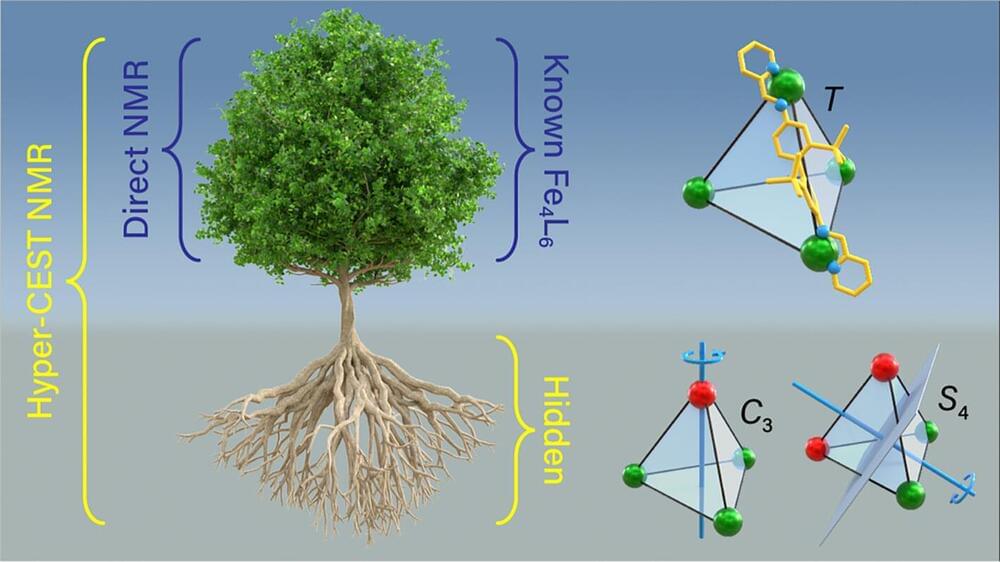
Hyper-CEST NMR technique reveals missing structure of a novel container molecule
Using the Hyper-CEST NMR technique, the team led by Leif Schröder from the Leibniz-Forschungsinstitut für Molekulare Pharmakologie (FMP) and the Deutsches Krebsforschungszentrum (DKFZ) has managed to reveal two previously little researched variants of a type of transport container from the class of metal–organic polyhedra (MOPs). The researchers want to use this knowledge to develop a novel type of contrast agent in MR (magnetic resonance) imaging.
The concept of a modular construction system proves useful in many applications for assembling complex structures for specific functions from individual, repeated sub-units. In chemistry, the principle can be used to construct a self-assembling network from smaller molecular units that acts as a transport container of a defined size. For example, several metal ions can be linked with organic molecules. These MOPs (metal–organic polyhedra) are used, for instance, to capture greenhouse gases or to pave the way for more effective chemotherapeutic agents by loading them with certain drugs, which they then release in the tumor. Several aspects of the behavior of these structures have not yet been adequately explored. This is partly because there are not always appropriate techniques available to observe the loading and unloading of these MOPs at the molecular level —often, no differences can be measured between the empty and loaded variants for either the container or its contents.
In cooperation with a team from the University of Oulu in Finland, Leif Schröder’s research group has now investigated MOPs that spontaneously assemble in solution from iron ions and an organic compound to form tetrahedra. In the process, the organic struts can be attached differently to the iron “nodes.” Essentially, this influences the properties of MOPs, such as their capacity to kill tumor cells. In the case of the MOP under study, however, it was previously thought that only one of the three theoretically predicted variants existed. The other two variants were considered too unstable because no analytical methods were able to detect them. Using a new method of magnetic resonance (hyper-CEST NMR), Schröder’s team member Jabadurai Jayapaul has now succeeded in demonstrating that these previously unknown variants do exist.
DeepMind Mafia, DishBrain, PRIME, ZooKeeper AI, Instant NeRF
Mar 31, 2022
Our 91st episode with a summary and discussion of last week’s big AI news!
Outline:
Applications & Business.
Meet the DeepMind mafia: These 18 alumni from Google’s AI research lab are raising millions for their own startups, from climate to crypto.
Nvidia unveils new technology to speed up AI, launches new supercomputer.

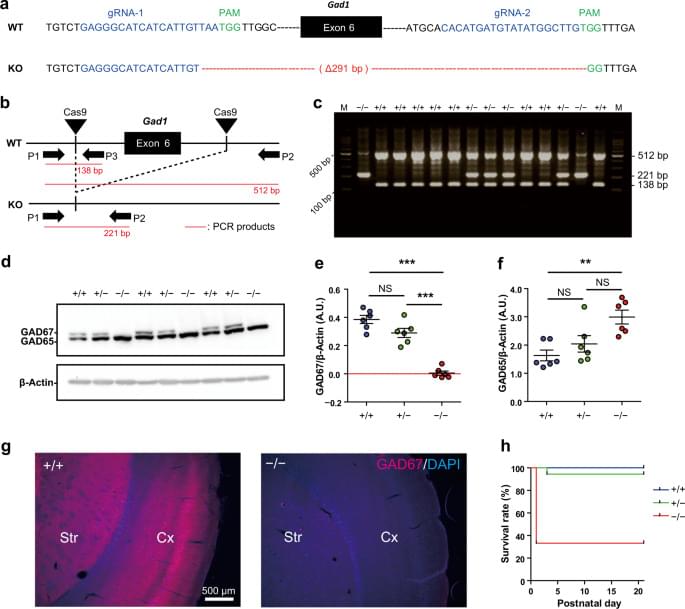
CRISPR/Cas9-engineered Gad1 elimination in rats leads to complex behavioral changes: implications for schizophrenia
GABAergic dysfunctions have been implicated in the pathogenesis of schizophrenia, especially the associated cognitive impairments. The GABA synthetic enzyme glutamate decarboxylase 67-kDa isoform (GAD67) encoded by the GAD1 gene is downregulated in the brains of patients with schizophrenia. Furthermore, a patient with schizophrenia harboring a homozygous mutation of GAD1 has recently been discovered. However, it remains unclear whether loss of function of GAD1 leads to the symptoms observed in schizophrenia, including cognitive impairment. One of the obstacles faced in experimental studies to address this issue is the perinatal lethality of Gad1 knockout (KO) mice, which precluded characterization at the adult stage. In the present study, we successfully generated Gad1 KO rats using CRISPR/Cas9 genome editing technology.
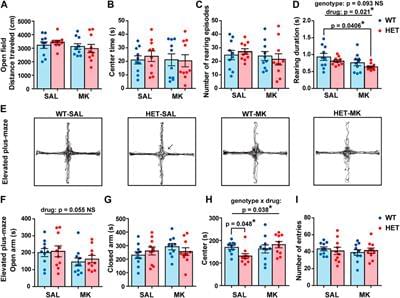
Behavioral Consequences of a Combination of Gad1 Haplodeficiency and Adolescent Exposure to an NMDA Receptor Antagonist in Long-Evans Rats
Glutamate decarboxylase 67-kDa isoform (GAD67), which is encoded by the GAD1 gene, is one of the key enzymes that produce GABA. The reduced expression of GAD67 has been linked to the pathophysiology of schizophrenia. Additionally, the excitatory glutamatergic system plays an important role in the development of this disorder. Animal model studies have revealed that chronic blockade of NMDA-type glutamate receptors can cause GABAergic dysfunction and long-lasting behavioral abnormalities. Based on these findings, we speculated that Gad1 haplodeficiency combined with chronic NMDA receptor blockade would lead to larger behavioral consequences relevant to schizophrenia in a rat model. In this study, we administered an NMDAR antagonist, MK-801 (0.2 mg/kg), to CRISPR/Cas9-generated Gad1+/− rats during adolescence to test this hypothesis. The MK-801 treated Gad1+/− rats showed a shorter duration in each rearing episode in the open field test than the saline-treated Gad1+/+ rats. In contrast, immobility in the forced swim test was increased and fear extinction was impaired in Gad1+/− rats irrespective of MK-801 treatment. Interestingly, the time spent in the center region of the elevated plus-maze was significantly affected only in the saline-treated Gad1+/− rats. Additionally, the MK-801-induced impairment of the social novelty preference was not observed in Gad1+/− rats. These results suggest that the synergistic and additive effects of Gad1 haplodeficiency and NMDA receptor blockade during adolescence on the pathogenesis of schizophrenia may be more limited than expected. Findings from this study also imply that these two factors mainly affect negative or affective symptoms, rather than positive symptoms.
γ-Aminobutyric acid (GABA) is a primary inhibitory neurotransmitter in the central nervous system (Obata, 2013). Post-mortem brain studies on schizophrenia have shown that GABAergic disturbances are part of the pathophysiology of the disorder (Lewis and Sweet, 2009). In particular, the expression level of the GABA-synthesizing enzyme glutamate decarboxylase 67-kDa isoform (GAD67) is lower in the cerebral cortex of patients with schizophrenia than in that of healthy subjects (Guidotti et al., 2000; Volk et al., 2000; Hashimoto et al., 2003; Hashimoto et al., 2008; Curley et al., 2011). GAD67 is encoded by the GAD1 gene, whose SNPs are also suggested to be risk factors for schizophrenia (Addington et al., 2005). We previously reported that Gad1−/− rats displayed some schizophrenia-relevant behaviors, including working memory, which is important for the functional outcome of schizophrenia (Fujihara et al., 2020a).
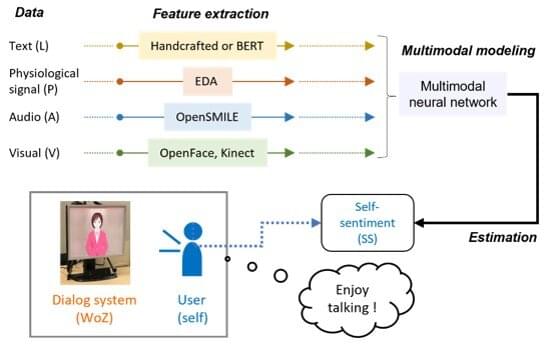
Physiological signals could be the key to ‘emotionally intelligent’ AI, scientists say
Speech and language recognition technology is a rapidly developing field, which has led to the emergence of novel speech dialog systems, such as Amazon Alexa and Siri. A significant milestone in the development of dialog artificial intelligence (AI) systems is the addition of emotional intelligence. A system able to recognize the emotional states of the user, in addition to understanding language, would generate a more empathetic response, leading to a more immersive experience for the user.
“Multimodal sentiment analysis” is a group of methods that constitute the gold standard for an AI dialog system with sentiment detection. These methods can automatically analyze a person’s psychological state from their speech, voice color, facial expression, and posture and are crucial for human-centered AI systems. The technique could potentially realize an emotionally intelligent AI with beyond-human capabilities, which understands the user’s sentiment and generates a response accordingly.
However, current emotion estimation methods focus only on observable information and do not account for the information contained in unobservable signals, such as physiological signals. Such signals are a potential gold mine of emotions that could improve the sentiment estimation performance tremendously.
Silicone raspberry used to train harvesting robots
Raspberries are the ultimate summer fruit. Famous for their eye-catching scarlet color and distinctive structure, they consist of dozens of fleshy drupelets with a sweet yet slightly acidic pulp. But this delicate structure is also their primary weakness, as it leaves them vulnerable to even the slightest scratch or bruise. Farmers know all too well that raspberries are a difficult fruit to harvest—and that’s reflected in their price tag. But what if robots, equipped with advanced actuators and sensors, could lend a helping hand? Engineers at EPFL’s Computational Robot Design & Fabrication (CREATE) lab have set out to tackle this very challenge.
Sky-high labor costs and shortages of workers cause farmers to lose millions of dollars’ worth of produce each year—and the problem is even more acute when it comes to delicate crops such as raspberries. But for now, there’s no viable alternative to harvesting the fruit by hand. “It’s an exciting dilemma for us as robotics engineers,” says Josie Hughes, a professor at CREATE. “The raspberry harvesting season is so short, and the fruit is so valuable, that wasting them simply isn’t an option. What’s more, the cost and logistical challenges of testing different options out in the field are prohibitive. That’s why we decided to run our tests in the lab and develop a replica raspberry for training harvesting robots.”
‘Dark matter’ of human genome finally decoded, sequencing entirety of human DNA
Scientists have been trying to locate the final pieces of the human genome for nearly 20 years, coming close to decoding it but never fully succeeding. Until now.
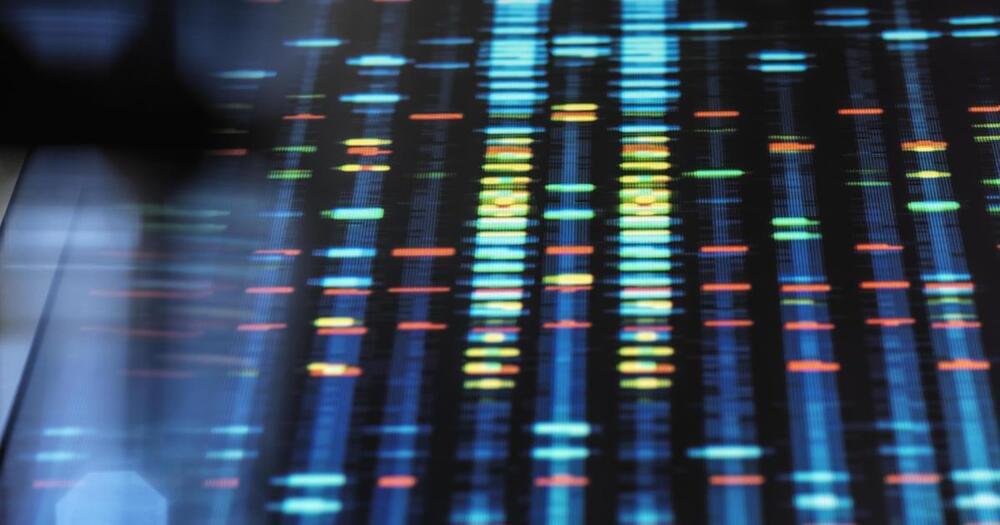
Scientists finally finish decoding entire human genome in major breakthrough: “We finally got it done”
Scientists said this full picture of the genome will give humanity a greater understanding of our evolution and biology while also opening the door to medical discoveries in areas like aging, neurodegenerative conditions, cancer and heart disease.
“We’re just broadening our opportunities to understand human disease,” said Karen Miga, an author of one of the six studies published Thursday.
The research caps off decades of work. The first draft of the human genome was announced in a White House ceremony in 2000 by leaders of two competing entities: an international publicly funded project led by an agency of the U.S. National Institutes of Health and a private company, Maryland-based Celera Genomics.